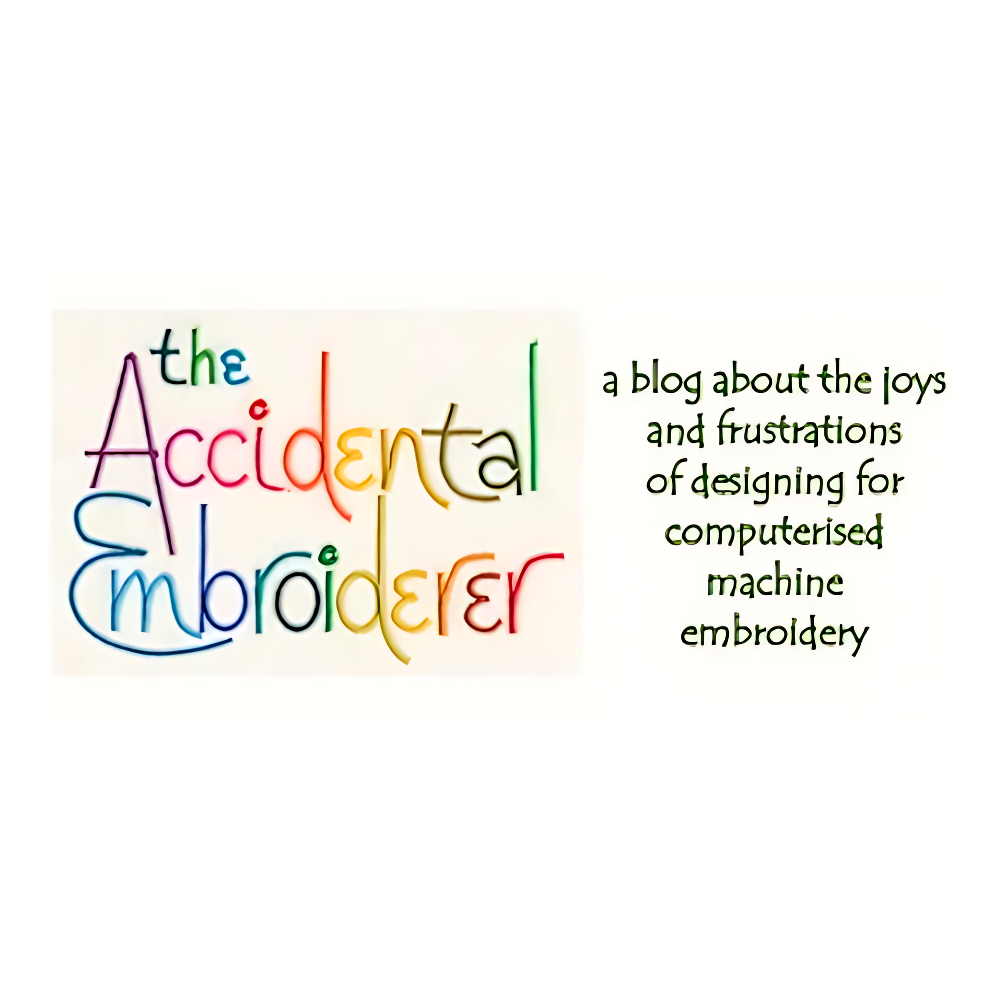Mille Fleurs
Here’s an idea that never really went very far – or it hasn’t yet, at any rate. I’ve always loved those medieval tapestries with all the hundreds of little flowers in the background, which is known as a “mille fleurs” pattern. The flowers are so beautifully observed that you can usually identify them down to species, and I’ve always loved the idea that the medieval artists were familiar with so many of the same flowers that we have in our modern gardens
The backgrounds of many medieval tapestries are full of delicate little "mille fleurs"
The little flowers also seemed ideal subjects for embroidery, so I drew and digitised about 30 small flowers in a simple mille fleurs style
Four flowers in a Mille Fleurs style
However then I was stuck. There didn’t seem to be much I could do with them. I drew out a panel in which all the Mille Fleurs embroideries were tiled together to make a big “tapestry”, but it didn’t seem to have much interest. Maybe it needed a unicorn in the middle of it or something like that. But by themselves the mille fleurs didn’t really say much
One of the Mille Fleurs embroideries framed in an old window frame
Cherri had a brilliant idea, though – she used an old wooden window frame to mount the embroideries, so that each little window frames a small flower embroidery. I think this is a great way to display them and adds a lot of interest. However I’m still trying to think of a way to combine them so that they’ll recall the old medieval tapestries
